Smartphone Battery: The Best Charging Advice You’ll Ever Read

Whether you are the most casual or enthusiastic smartphone user, you will always be looking for longer battery life. This can seem like an Indiana Jones mission because your smartphone battery can degrade faster than you realize.
Although fast charging is helping prolong the battery life for long periods of time, your lithium ion battery will degrade no matter what you do. This is because a lithium ion battery cannot be replaced. Therefore, your smartphone battery health will deteriorate as it ages.
If you have had your iPhone or Android phone for over a year, you may have already noticed that the battery level is not the same as when you first bought your device. Within two years, your battery health will go down even further.
Then you will struggle to use your phone for an entire day without charging it a few times in the middle of work or on the go. Having a phone last over three years with excellent battery health is like holding onto a unicorn.
Since battery capacity declines with age, here is everything you can do to maximize phone batteries to avoid ending up without a charge.
|
Crafted for heavy everyday use. Fast charges all Apple and Android devices. Charges up to 50% from 0% in 20 minutes. Automatic shutoff protects your device from overcharging. Shop Now |

Partially Charge Smartphone Battery
One of the most common myths that too many people believe in is that you need to give your phone a full charge to improve battery lifespan. This is also used to supposedly erase your battery’s memory.
However, you should ignore this advice because it does not apply to your lithium ion battery. This myth came from talking about lead-acid batteries that are no longer desirable to charge your brand-new smartphone.
This is where you need to start thinking about stop charging or partial charging. This is the ideal way to charge a lithium ion battery. Then you can enjoy cell longevity and tons of positive benefits.
To appreciate how your smartphone battery charges, think about the battery being closer to empty. Then your lithium ion battery can draw constant current and operate using a much lower voltage. Then the voltage increases as your cell charge goes up.
This will level off when your battery hits 70%. Then the current starts degrading and falls until your smartphone battery’s capacity gets full. This is why it is better to partially charge your phone instead of giving it a full charge.
Charging your phone batteries at a low voltage is much better to improve their lifespan. You should increase the number of charging cycles before seeing a decline in capacity.
For instance, every 0.1V less in voltage can double your phone battery’s lifespan. Therefore, you should always charge your phone between the 30% and 80% range to keep the voltage lower. Then your smartphone battery can stand to last much longer than a year or two.

Depth-of-Discharge
This is also another factor to consider regarding your battery health. You will notice a similar effect on the total discharge cycles before your smartphone battery’s capacity drops down. This will show you how much of your battery is used up in between charging cycles.
A small discharge of 60% instead of a 100% charge is better for refueling to double your battery life cycle. If you use around 20%, this can literally double the battery’s health.
In a nutshell, it is always better to do small and frequent top-ups instead of a full charge if you have a lithium ion battery. Long and complete charge cycles can have the opposite effect and deteriorate your phone’s quality.
Otherwise, you will need to take your device in for repair and hope that phone manufacturers can replace the battery with a new one.
However, using only 20% of a smartphone battery does not appeal to most people. Imagine if you need to go on a road trip with your loved ones.
You will need a lot more than just 20% of the phone battery, especially if you plan to use Google Maps, listen to music, and take scenic photos along the way. It is okay to charge your phone a little more but avoid going all the way to a full charge.

Idle Charging
Always opt for a small top-up, and do not charge your phone overnight. Even if you have a convenient charging dock on your bedside table, it is best not to leave your phone on it for too long. Avoid aiming for 100% because reaching for the top is what is causing most of your smartphone battery woes.
Many people end up charging their phones overnight or during the day because it is easier. You do not want to keep getting up all the time to ensure that your phone battery level does not hit 100%. This can soon turn into a pain. However, it is necessary to prevent your phone from getting charged fully.
The continuous charge trickle can destroy the metallic plating of your lithium ion battery. Then your battery health will lose its quality much sooner. The more your battery deteriorates, the more you can expect to experience malfunctions and annoying smartphone reboots.
At 100% battery level, your smartphone will also get stressed from the higher voltage. Then you may also notice your smartphone overheat because of the power dissipation that is being wasted.
Always remember that charging your phone up to 100% is a recipe for disaster because it leads to temperature and voltage problems. Then you might have a smartphone battery that shuts down completely.
The best thing to do is to stop charging your phone before it hits 100%. The goal is to keep topping up your battery instead of charging it all the way to the maximum level. Lower the charging current by feeding your smartphone battery in small doses instead of a hearty meal.

Parasitic Load
Parasitic load happens when your battery lifespan keeps getting drained while you are charging your phone. This can happen if you love watching videos or playing games while your smartphone is plugged into the charger.
Parasitic loads can be dangerous for battery health because they disrupt charging cycles by inducing smaller cycles. This is where a part of your battery will continuously cycle and degrade sooner than the rest of the cell. Parasitic loads can also occur when your device is charged fully.
It induces higher voltage heat and stress on your phone batteries. This is why you should stop using your phone while charging if you want to avoid distorting the cycle. The best phone charging strategy is to switch off your device the moment it is plugged in.
This will ensure that your phone has less work to do. Alternatively, you can keep your phone on. But you should only use it for browsing the internet instead of playing games and streaming videos.

Prevent Overheating
Heat is your smartphone battery’s biggest enemy. Temperature plays a significant role when it comes to maintaining battery health. High temperature can occur with high voltage, which is why you need to stop charging your phone for a long time.
Stop charging keeps the voltage down and saves your phone from overheating. This way, you will not lose battery capacity in the blink of an eye. Always keep your phone in a cooler space to avoid it from burning up. Your smartphone battery should be kept under 30 degrees Celsius.
This will retain up to 80% of your battery level for years, even if you switch between partial and a full charge. Your battery capacity will stay in its best shape for long periods of time. Otherwise, your battery health can fall to 65% if you raise the temperature up to 40 degrees Celsius.
A phone battery that is fully charged and exposed to high temperatures is a disaster waiting to happen. This is the number one thing you should always avoid while charging. Always think about the temperature in the room where you use your phone.
Do not leave your smartphone under a pillow or blanket while charging. You should also never leave it in your car on a hot day. Otherwise, your phone will overheat beyond repair. Then you will need to replace your battery or deal with glitches in your phone.
|
Crafted for heavy everyday use. Fast charges all Apple and Android devices. Charges up to 50% from 0% in 20 minutes. Automatic shutoff protects your device from overcharging. Shop Now |
Fast Charging Problems
Fast charging devices have also become a modern issue. This is where the current and voltage get too high and increase your battery’s temperature.
You will always have a hotter device that can be uncomfortable to touch while charging. It is always best to avoid overcharging if you have a wireless charger. Then you can effectively extend your battery s lifespan.
Even though phone manufacturers do not advertise this often, fast charging was never designed for a full charge. It was meant to slowly top-up your phone, so you can use it a little for an emergency. If you have a wireless charger, you should only use it for a few minutes.
Safely Charge Smartphone Battery
Now that you know the problems that can occur while charging your smartphone battery, it is always best to be careful. Remember that high voltage and high temperatures can deteriorate your lithium ion battery instantly.
Although there are plenty of myths about charging your phone overnight, you are better off going through smaller charge cycles. This will keep your battery in great shape for much longer.
If you still have battery problems, contact us today and let us provide you with the best smartphone charging experience.



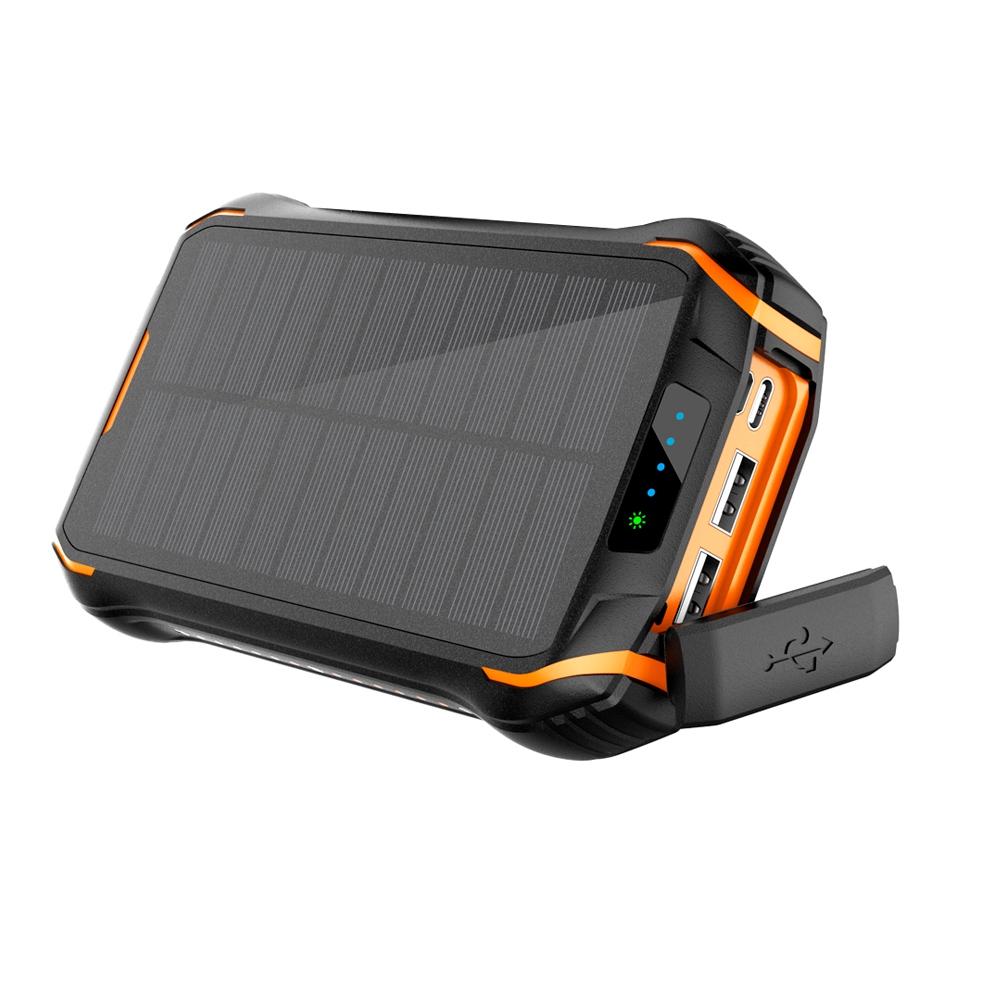
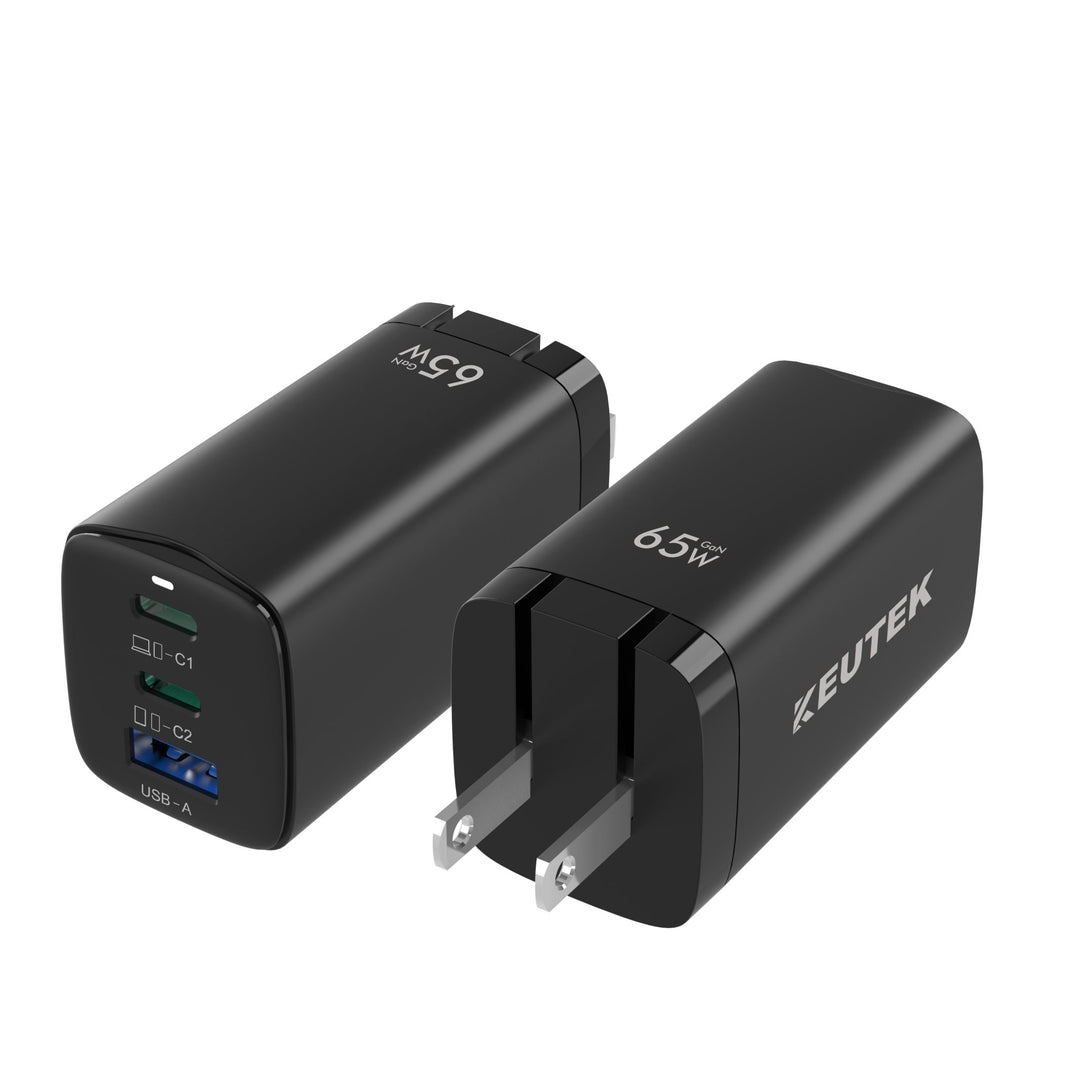
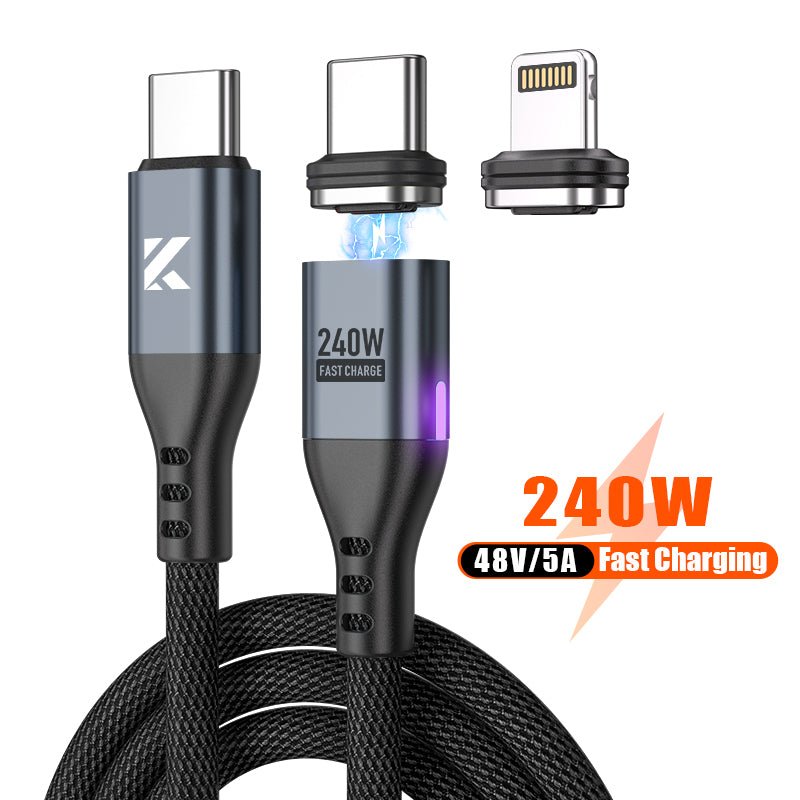
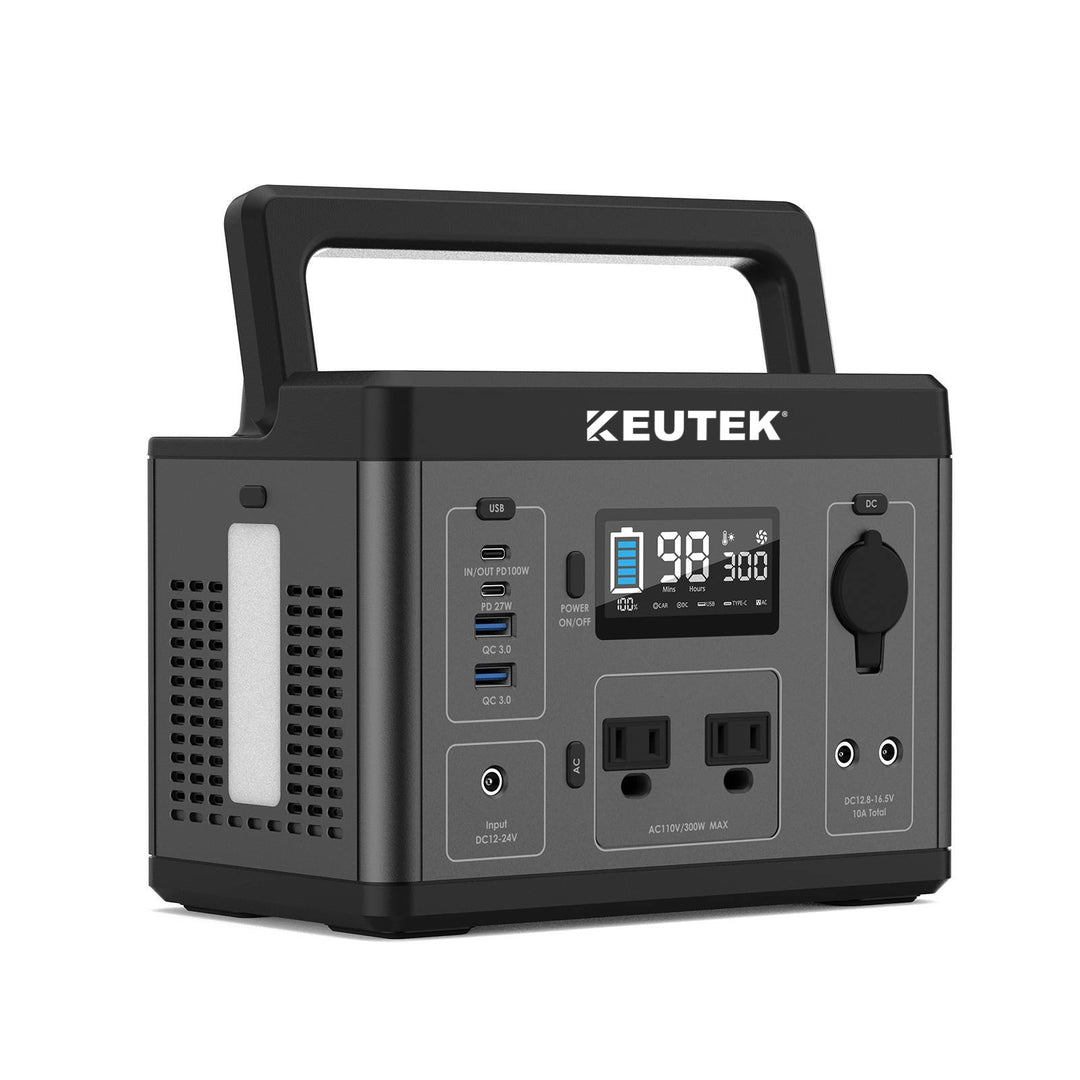
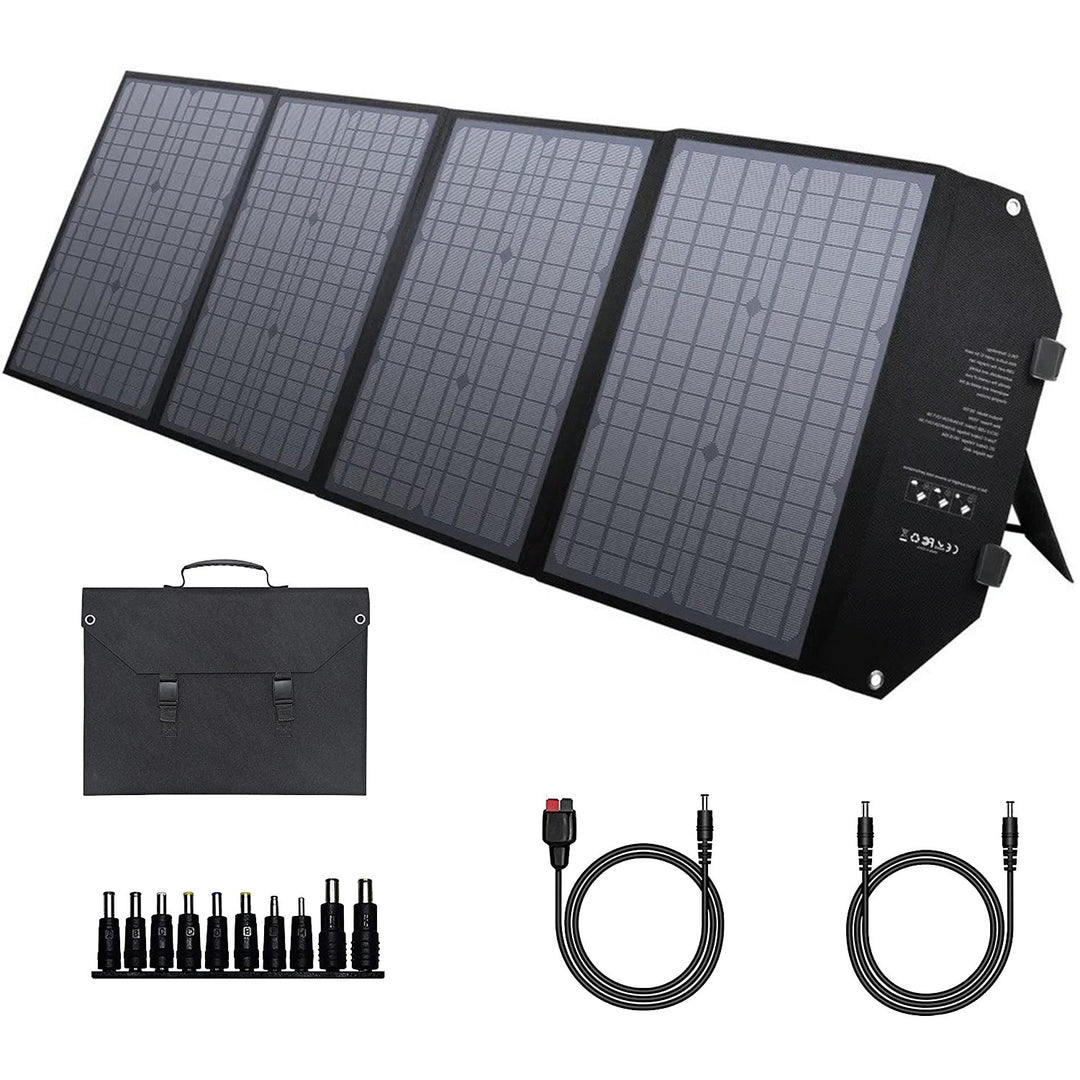
Leave a comment